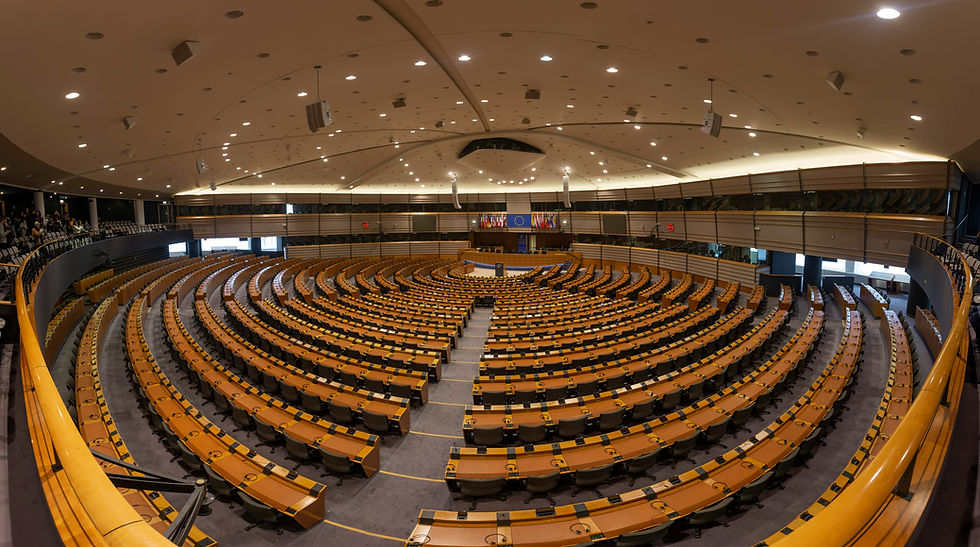Climate change and the future of work
- Mako Muzenda

- 6. Mai 2024
- 2 Min. Lesezeit


May Day, International Workers Day or Staatsfeiertag in Austria, is an annual celebration of worker’s rights and solidarity. This year's theme was ‘Ensuring safety and health at work in a changing climate’, and although the day itself has come and gone, it is still worth reflecting on how climate change will impact workforces around the globe, and potential solutions to protect the health and wellbeing of workers.
Increased health risks
Rising temperatures create difficult working conditions for both blue collar and white collar workers. According to the Sixth Assessment Report of the Intergovernmental Panel on Climate Change (IPCC), climate change has increased the frequency and intensity of heatwaves since the 1950s. Heat stress reduces productivity, increases health risks, and can even be fatal due to dehydration, heat exhaustion and heat stroke. An estimated two billion people living in cities are affected by extreme heat.
The International Labour Organization estimates that by 2030, extreme heat could lead to a loss of up to 3.8% of global working hours. Such losses will lead to the equivalent to millions of jobs disappearing each year. Although everyone will feel the heat, some sectors and workers will be more impacted than others. Industries like agriculture and fishing are highly dependent on predictable weather patterns, with the work environment closely tied to the natural environment. Workers in such sectors are more vulnerable to loss of livelihoods and negative impacts to their health.
Extreme weather events
Floods, wildfires and droughts are also becoming more frequent and more intense. These events damage critical infrastructure, destroy workplaces, disrupt livelihoods and displace workers and leave them without a stable source of income. A recent example of such devastation is the 2021 floods in Europe. Largely affecting Germany, Belgium, caused €2.55 billion in insured losses, with the total damage costs of €10 billion. The floods washed away homes, damaged electricity supply lines and transport infrastructure. These losses translate into lost livelihoods. While rebuilding efforts can create temporary employment, the long-term economic impacts of repeated extreme weather events will affect economic output, job stability and overall employment.
Potential solutions
How can governments and the private sector improve the health, safety and job security of workers in the face of climate change? The transition to a greener economy presents a golden opportunity. The move towards renewable energy sources, sustainable practices, and climate-resilient infrastructure will create new jobs and new sectors. Fears of automation cutting jobs and taking over the workplace have dominated conversations about the development of AI and other technologies. However, these very same technologies can be used to take over the jobs where the health of human workers would be most impacted by climate change. Ultimately, investing the safety and security of the global workforce in the face of a changing climate will address the effects of climate change and protect livelihoods.
The future of the global workforce is intertwined with addressing the climate crisis. By acknowledging the challenges and embracing the opportunities, we can create a more resilient and sustainable workforce that thrives in a changing world.
Photo by Etienne Girardet on Unsplash






Kommentare